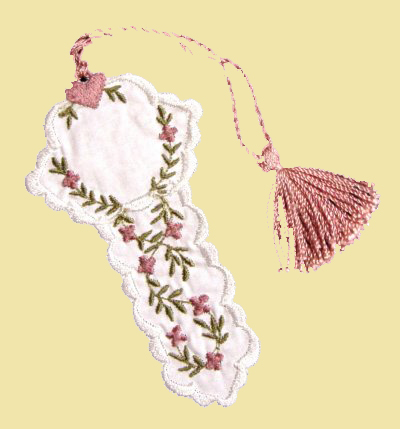Thus the Turks out gunned the allies almost three to one. The Turks were burdened with inferior craft and the need to protect some 50 support craft. The some 150 vessels form five different nations bottled up in the bay all over seen by the shore guns made for a very tense situation. The opposing fleets begin to intermingle as wind and tide play with their lines. All finding this situation to be intolerable and in want of resupply the allies decide to separate. Codrington going to Zante and de Rigny to Cervi, leaving the remaining Russian fleet to guard the bay from within until it could be relieved.
Despite growing tensions, the engagement remained peaceful while the Sultan considered the diplomatic proposals of the allies and Greeks. With the return of the British fleet a grand changing of the guard occurred as the Russian fleet withdrew as the British manned their position within the bay. Captain Fellowes commanding the British 42-gun frigate, Dartmouth, having seen a Turkish fireship close to windward of his vessel, sent a boat with a demand that the ship should be removed. Made tense by the parade of war ships and not having the luxury of relief, the Turks manning the vessel fired, killing Lieutenant G. W. H. Fitzroy and several of the boat's crew. The Dartmouth then opened fire in response. This accidental exchange soon grew to involve the entire bay.
The British were closely engaged being anchored among the enemy fleet. The results obtained by these heavy broadsides and the shore guns soon reduced the British fleet. Neither side had desired this exchange and neither were proceeding according to a battle plan, however the horseshoe formation advocated by Letellieu now demonstrated its tactical soundness. Even the uncoordinated actions of the various Turkish and Egyptian vessels were able to bring devastating fire and cross fire down upon the British fleet, many of which had not yet managed to man battle stations or drop anchor before the maelstrom was at full fever. Three-fourths of the British vessels were sunk by the assailants, or fired by their own crews. Responding to the sound of guns, the Russian fleet swung about, but were deny entry into the bay by the forts guarding the bay's mouth and their heavy guns. The Azov, commanded by Captain Mikhail Lazarev, sailed towards the bay. Two more vessels, the admiral's frigate and a ship of the line, caught fire and exploded. The Azov herself was riddled with 153 holes; the Russian seamen aboard the Gangut, Ezekiel and Castor distinguished themselves in battle though their ships were also badly damaged. Despite several runs at the forts all attempts to silence their guns were fruitless.
